[

](http://shop.steelers.com/adpromo/clickthrough/138236)
It was Sunday, Dec. 10, 1972, and the Pittsburgh Steelers needed a champion. Still a franchise that never had won even a division title in any of its previous 39 seasons in the National Football League, these Steelers had arrived in Houston the day before with a 9-3 record that led the AFC Central Division by one game over the 8-4 Cleveland Browns, and by two games over the 7-5 Cincinnati Bengals. The day's opponent was to be the 1-11 Oilers.
It sounds like a pretty simple task when stated that way, but even way back then the NFL didn't allow teams to play games on paper. Matters had to be settled on the field, and once the ball was teed up in the Astrodome that day, 9-3 and 1-11 quickly were rendered moot.
Defensive end L.C. Greenwood and guard Sam Davis were out. Left tackle Jon Kolb and guard Gerry Mullins had the flu, and while Kolb played, Mullins only made it into the third quarter. Guard Bruce Van Dyke pulled a calf muscle in the first quarter and was done for the day. Center Jim Clack injured an ankle and was done for the day. Craig Hanneman, Greenwood's backup at defensive end, aggravated a knee injury and was done for the day. Defensive end Dwight White injured a knee. Defensive tackle Steve Furness injured an ankle. Flanker Ron Shanklin was injured in the first quarter and was done for the day. Quarterback Terry Bradshaw dislocated a finger in the second quarter and was done for the day. And tight end Larry Brown, who would grow into an offensive tackle by the end of the decade, was that day playing flanker because of the injury situation.
And remember, this was 1972 before the Immaculate Reception. The Steelers had no magic, never had. They were supposed to lose games like this, because they always did. The Browns and the Bengals were the teams that had been taking turns winning the newly-formed AFC Central Division. The Steelers hadn't even finished above .500 since 1963, and in that season when they had a chance to beat the New York Giants to win the Eastern Conference title, they were blown out, 33-17.
Some years later, after the Steelers had become Super, author Roy Blount Jr. would write: "When the Steelers made (Joe) Greene their first pick in 1969 they laid the first and biggest building block of a six-year program that brought them up from perennial failure. That primacy is one aspect of Greene's eminence on the team; another is the assumption among the Steelers that Greene can whip any man, if not indeed every team, when he wants to."
The greatest photos of Joe Greene from the archives.


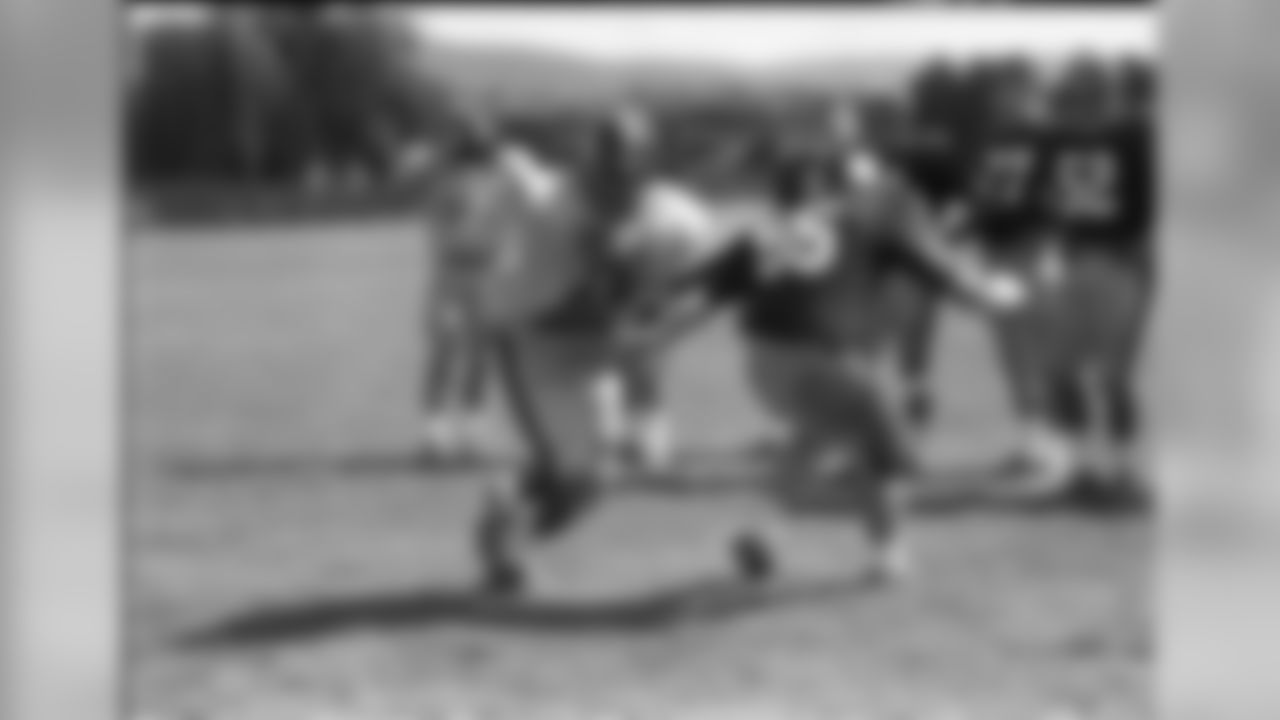
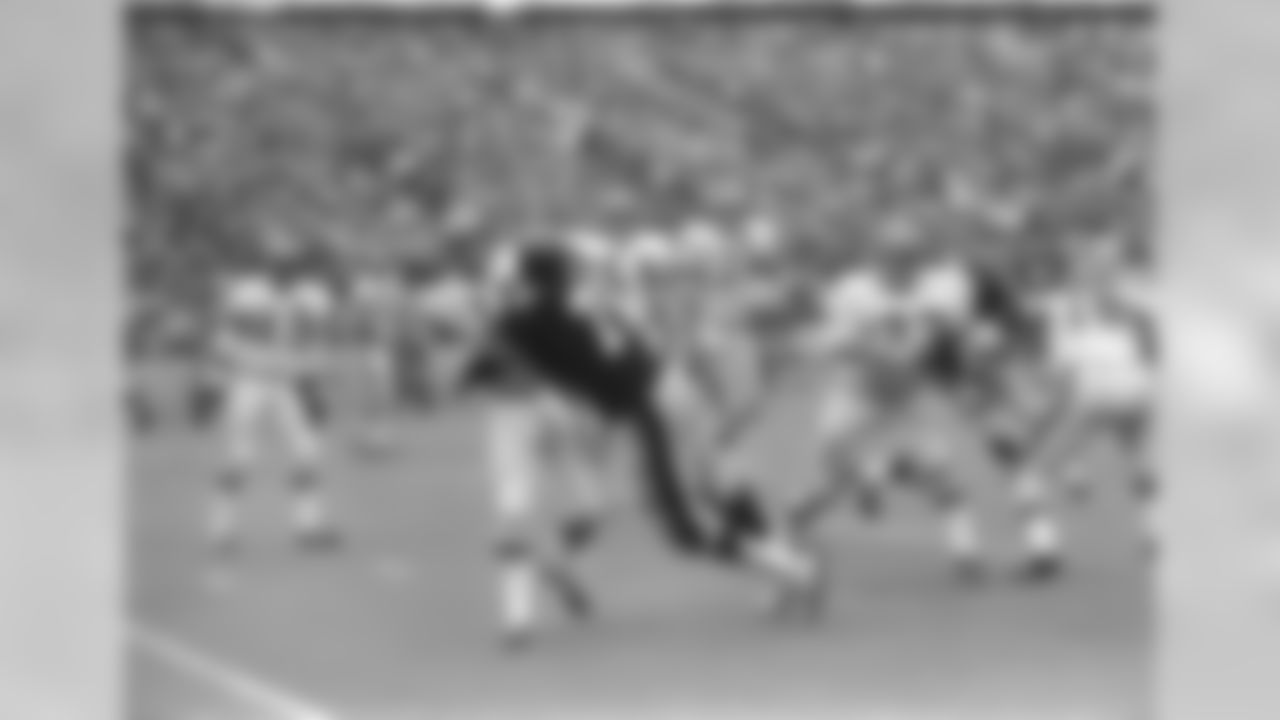



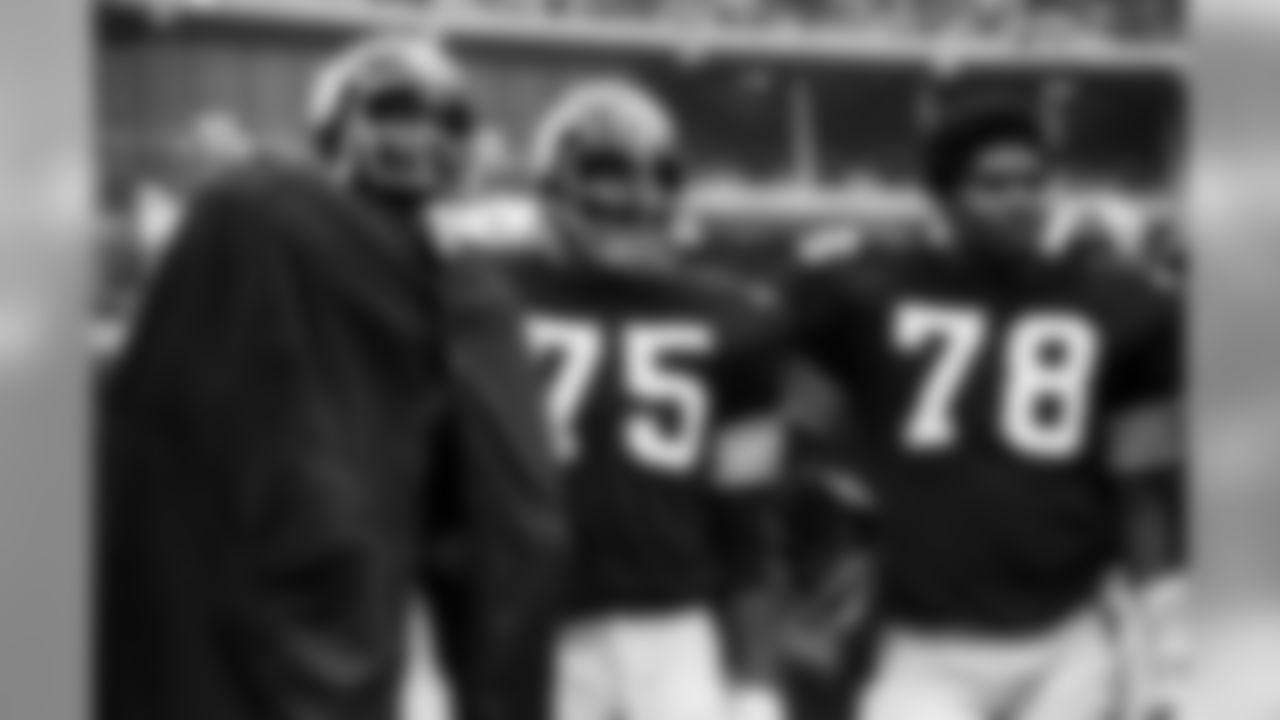
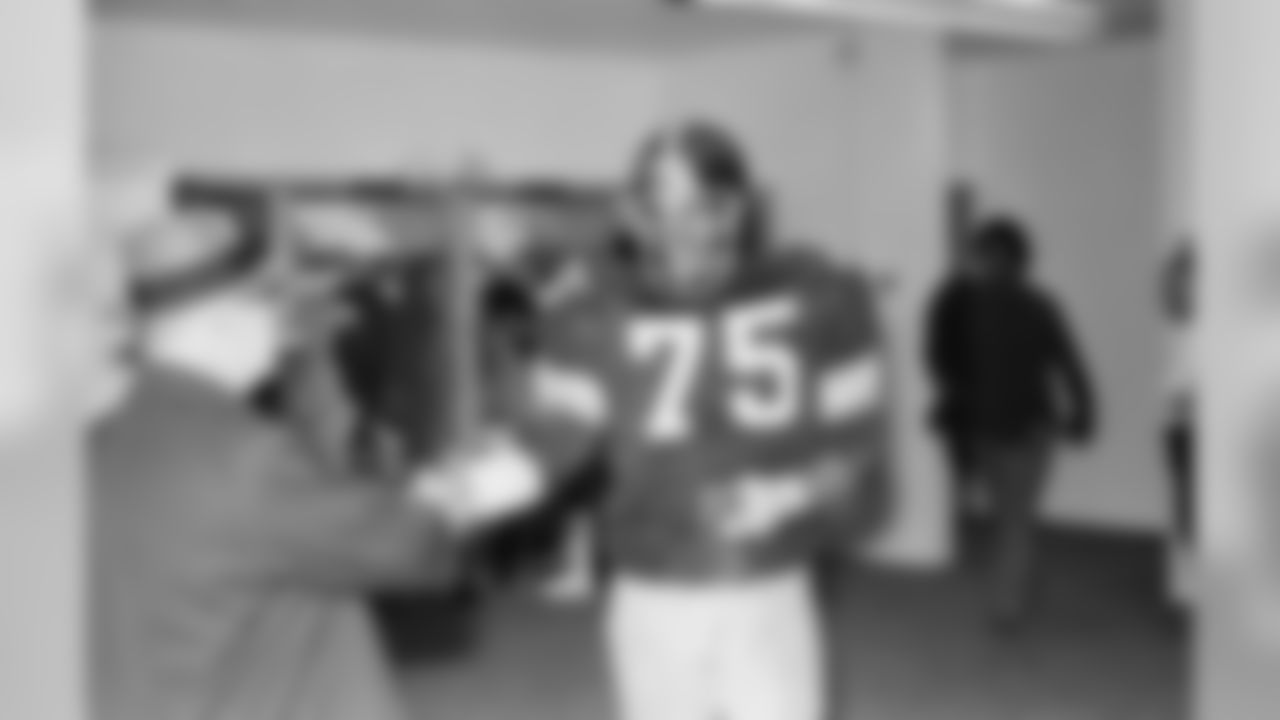


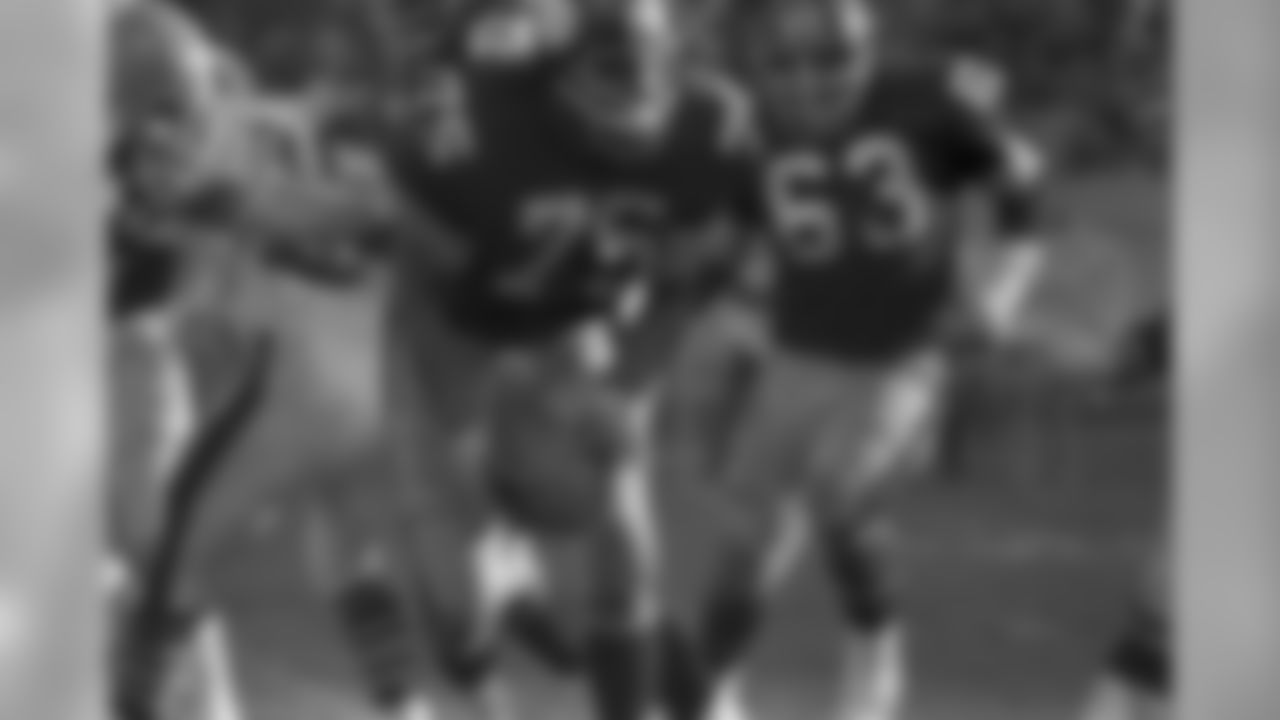
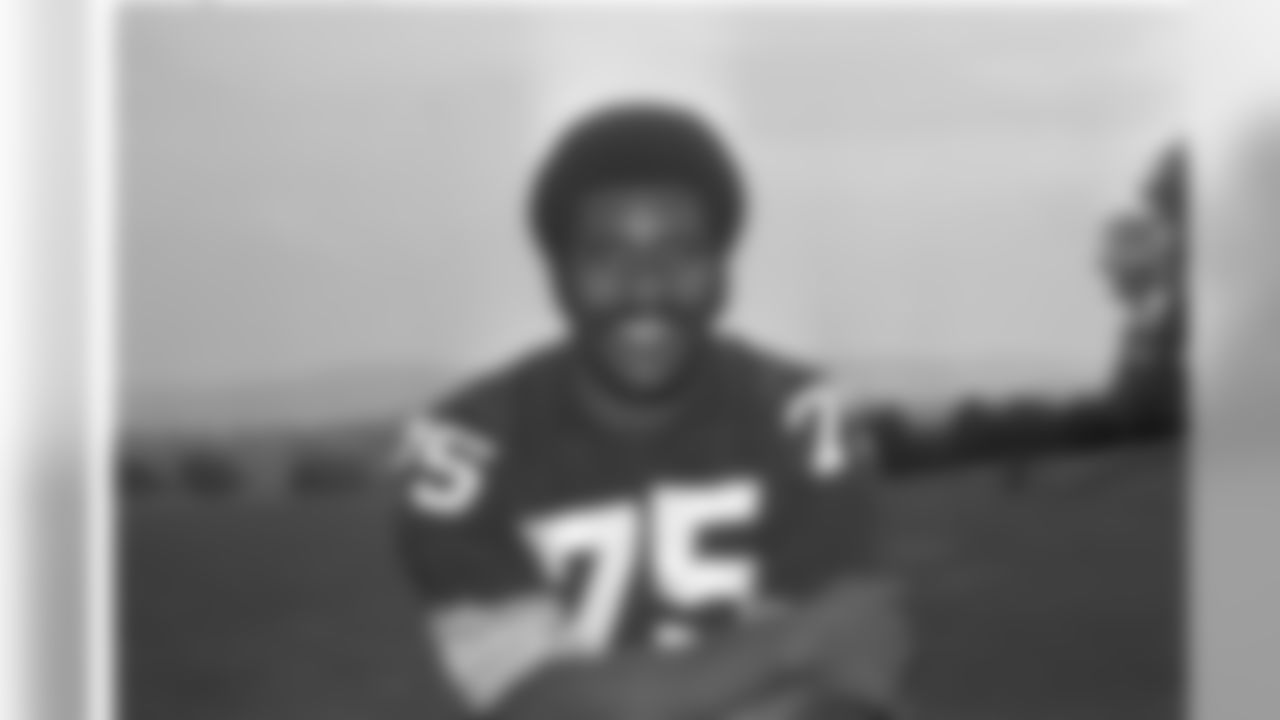
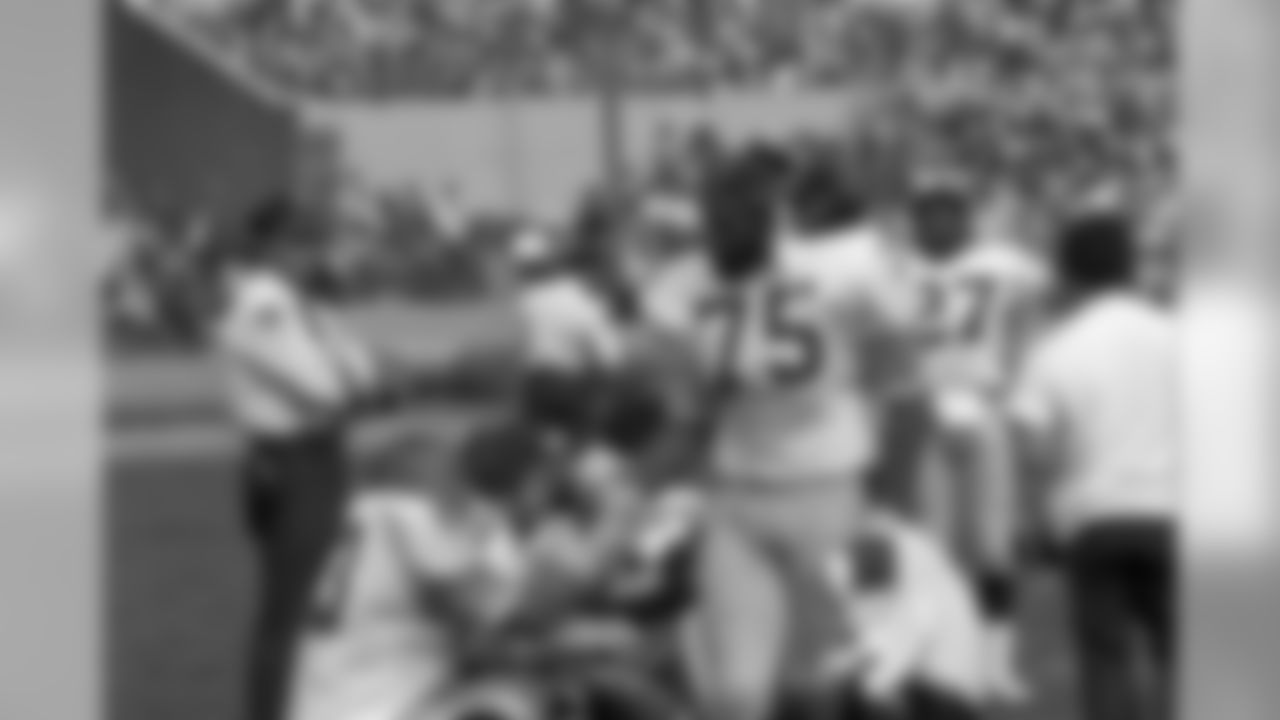
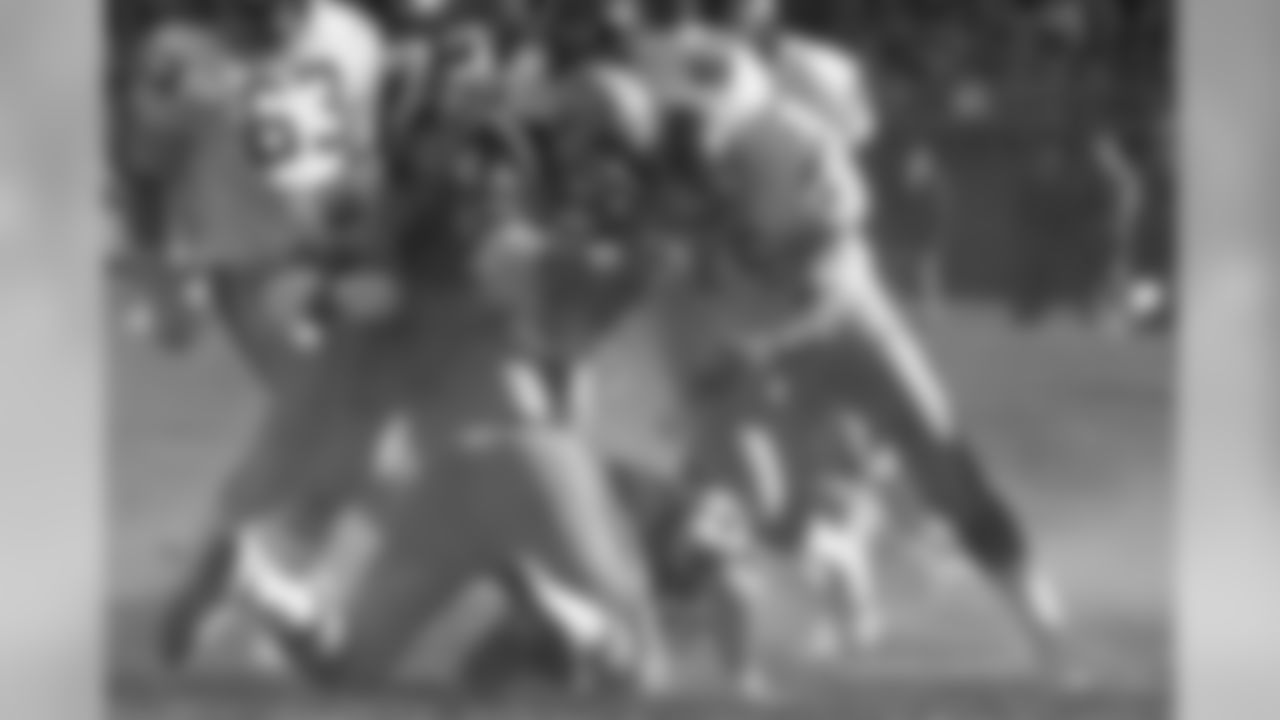
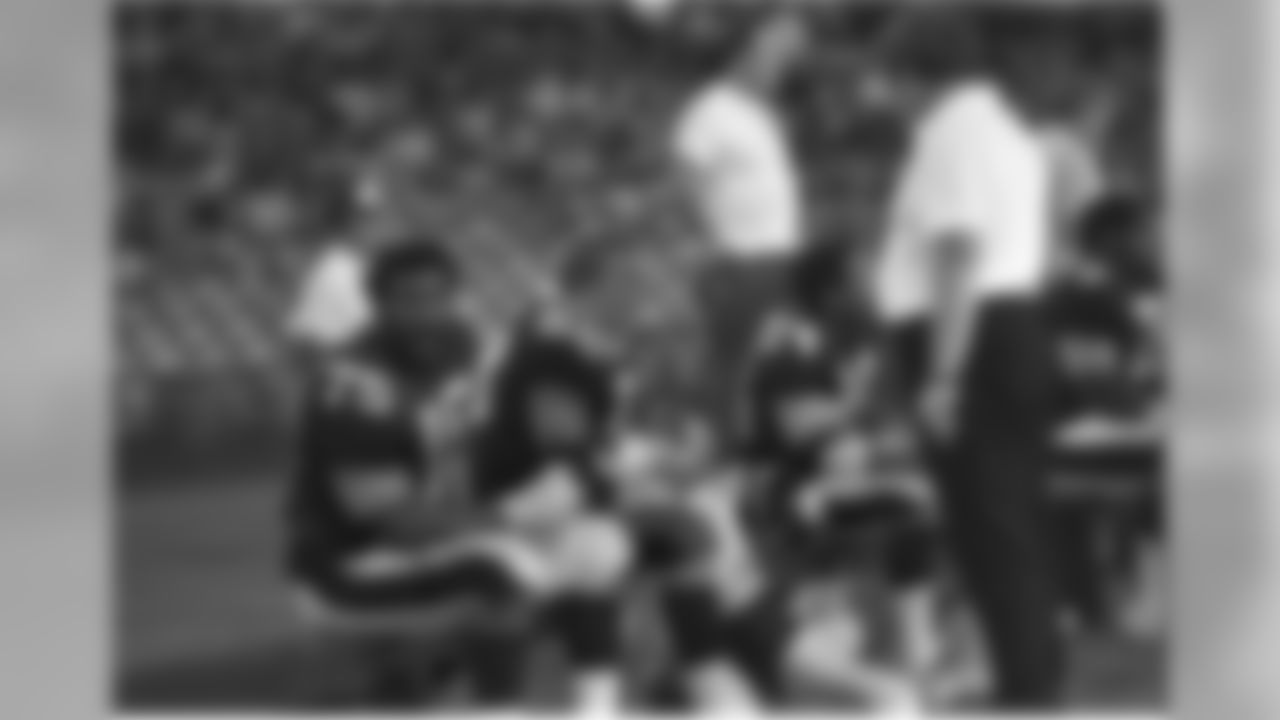
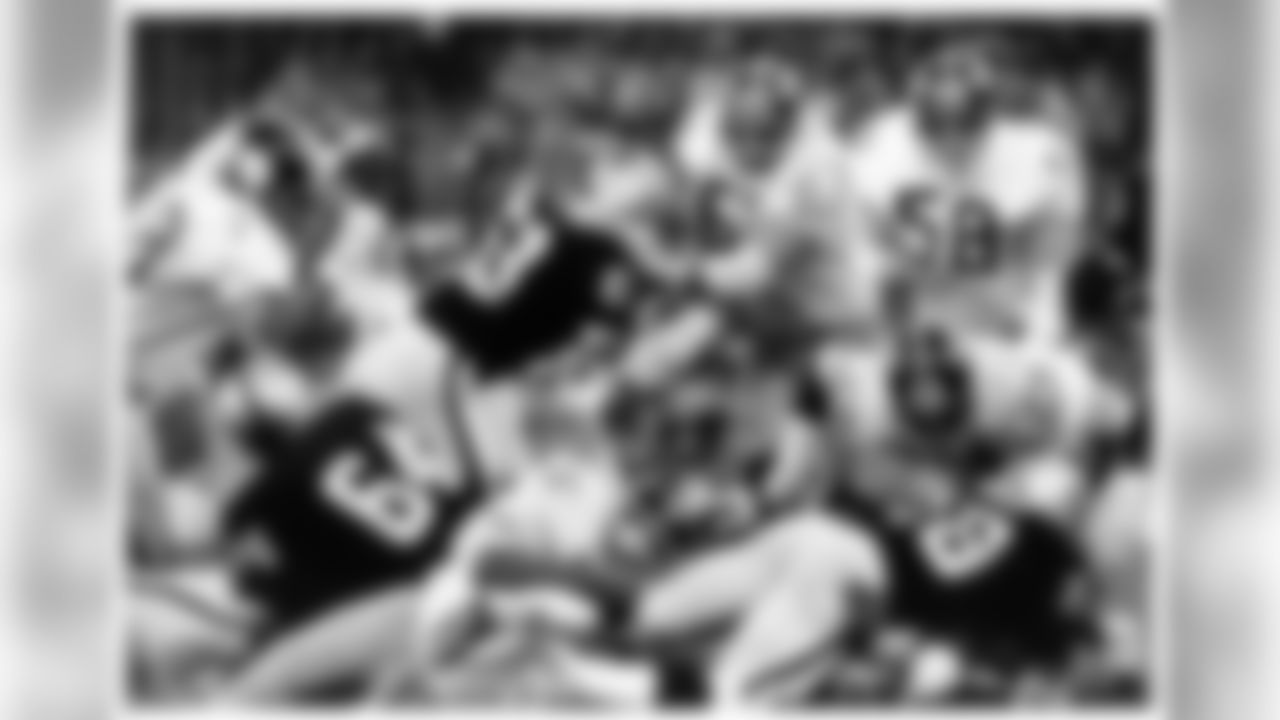

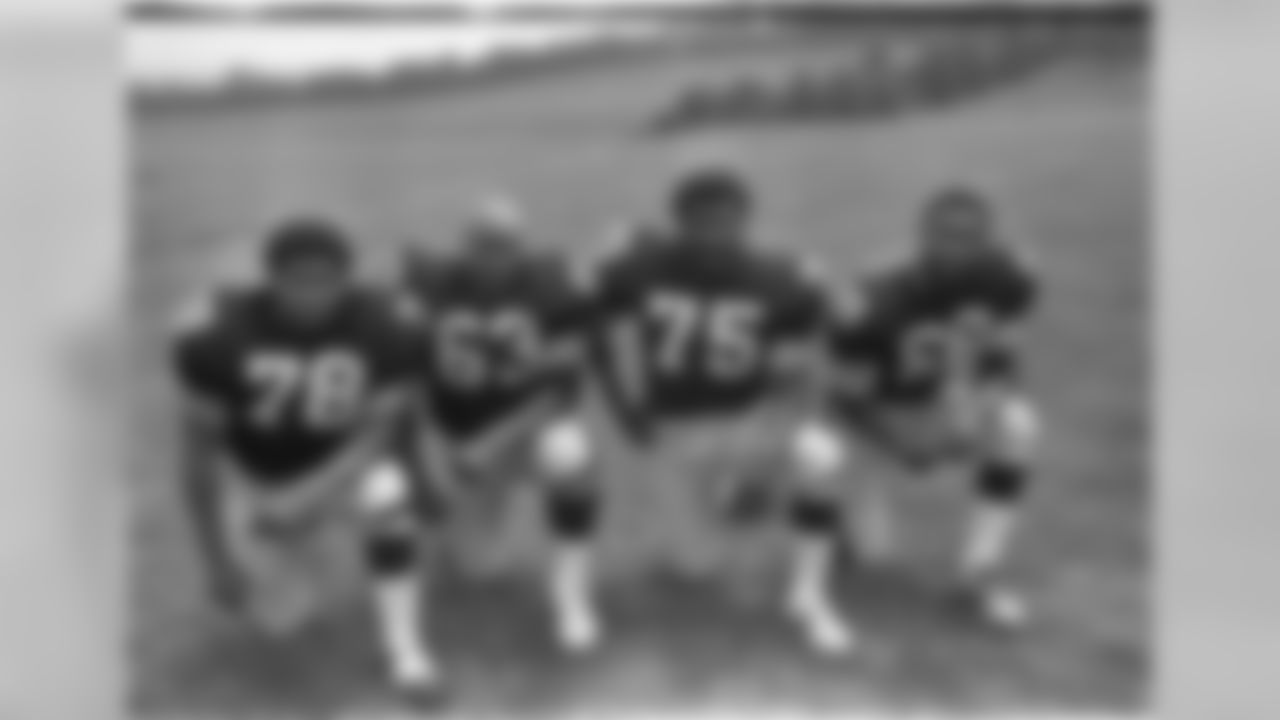




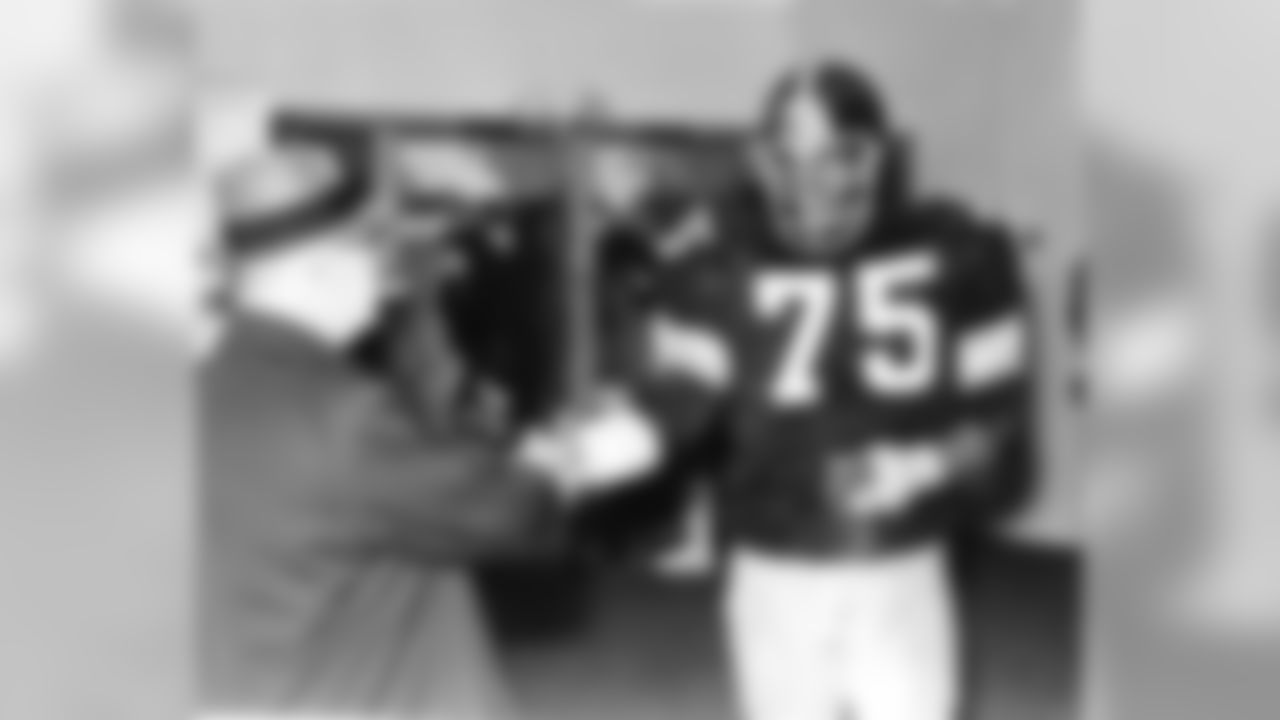
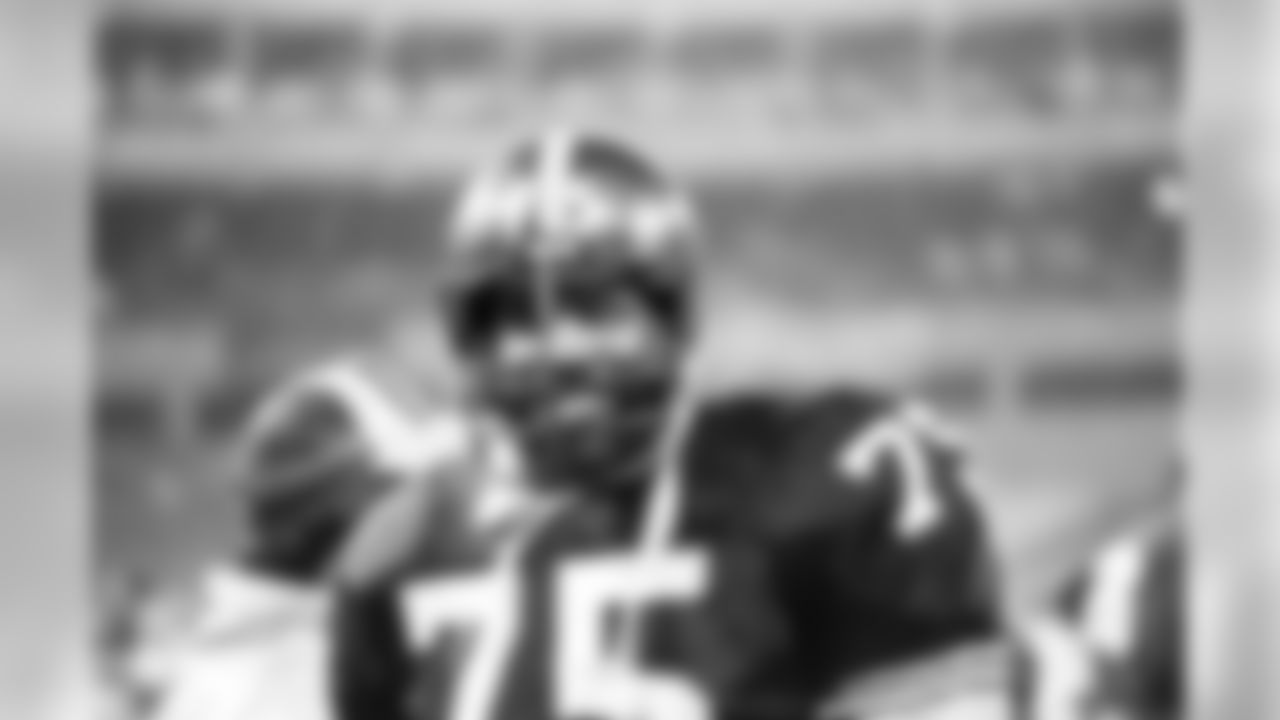



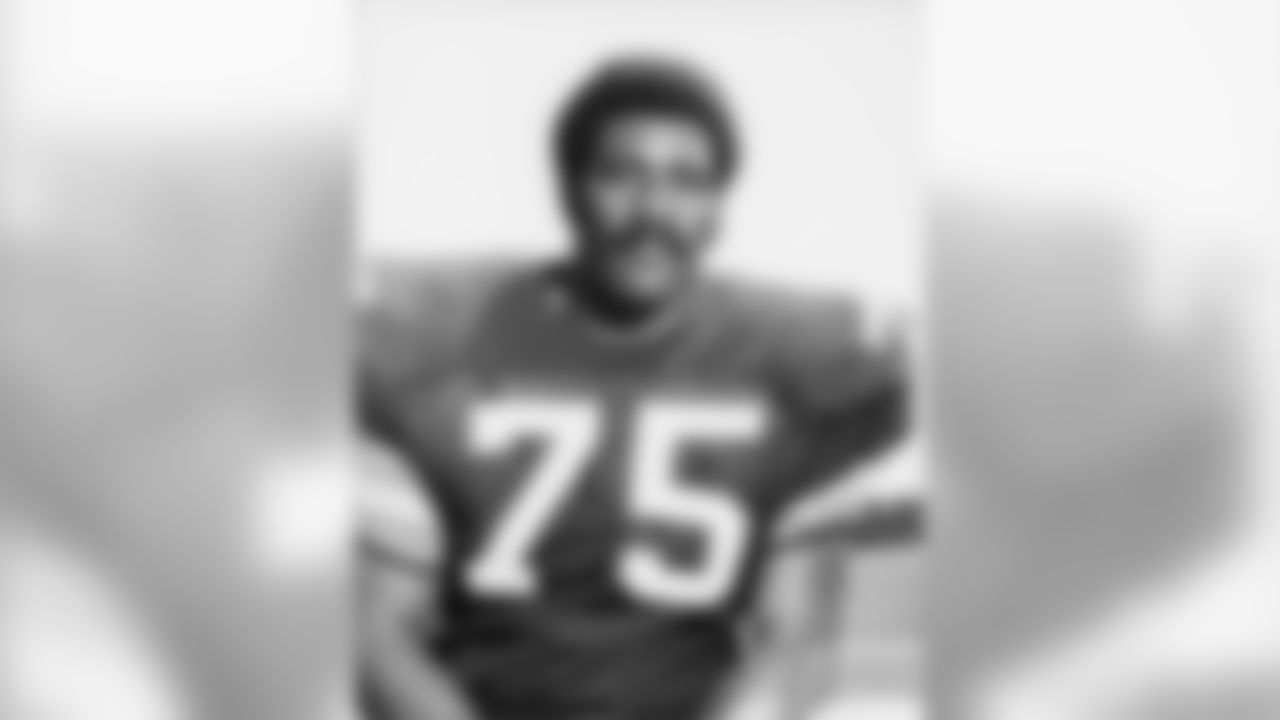



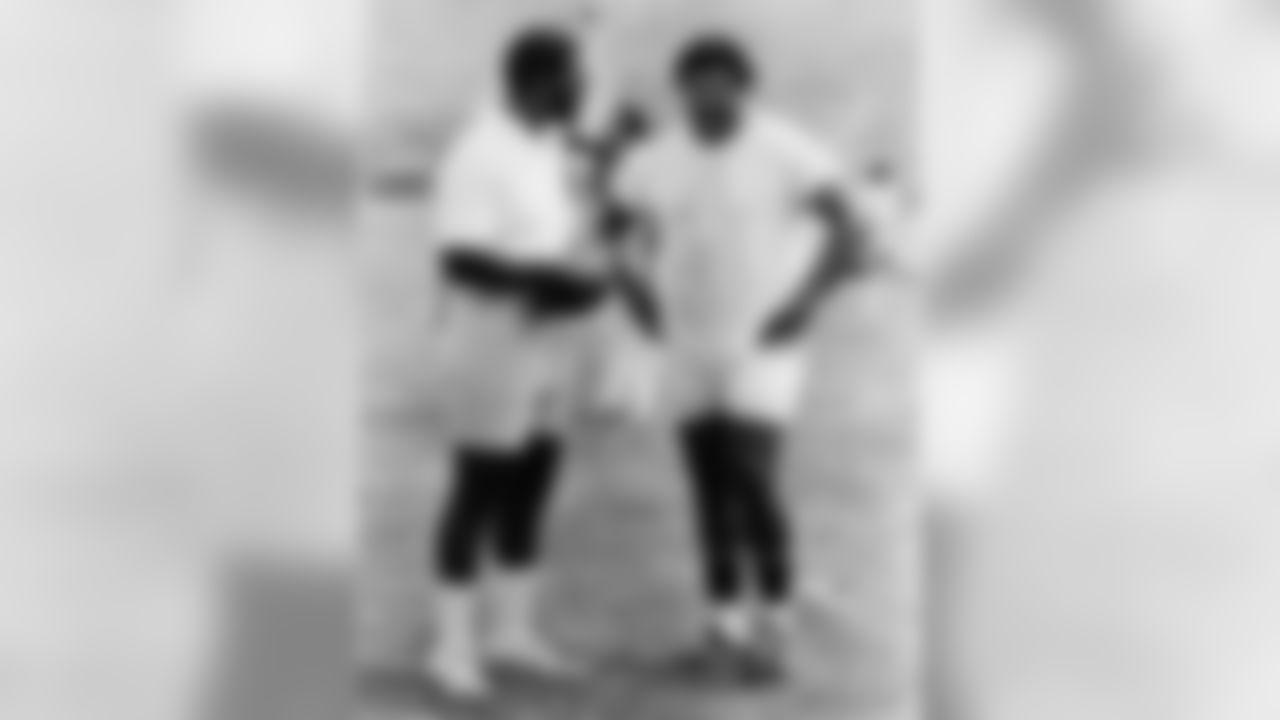
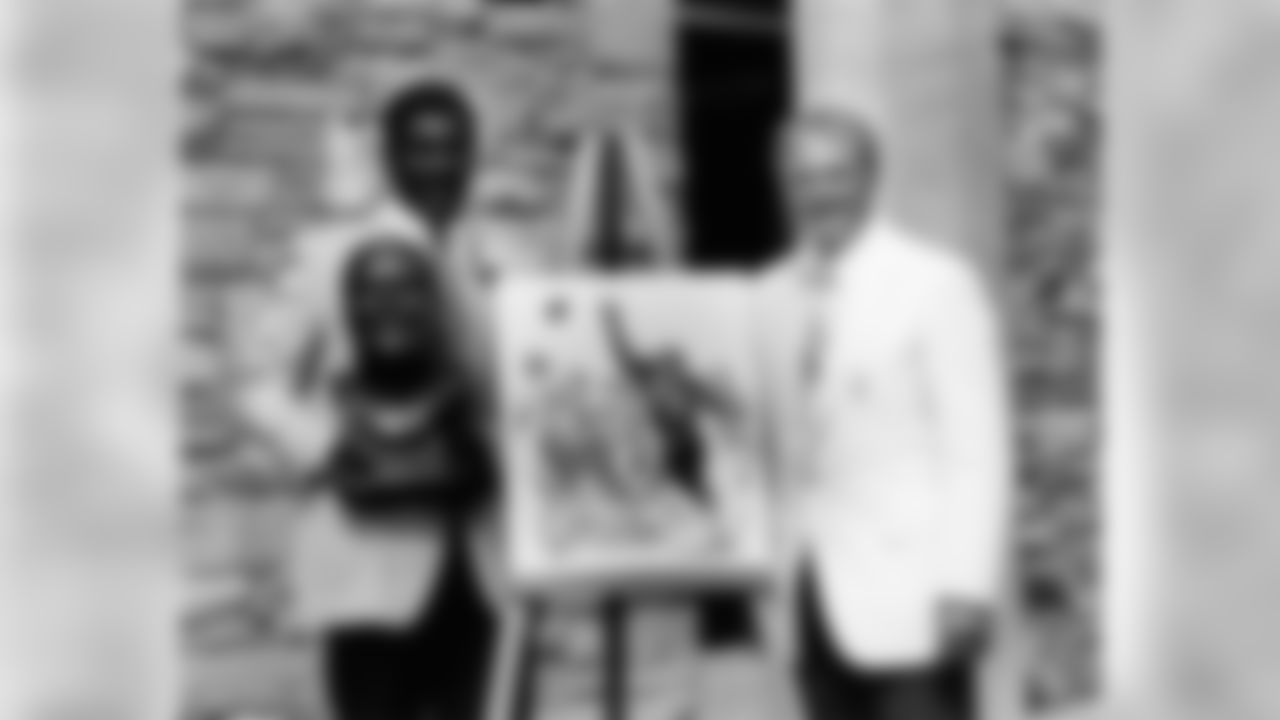

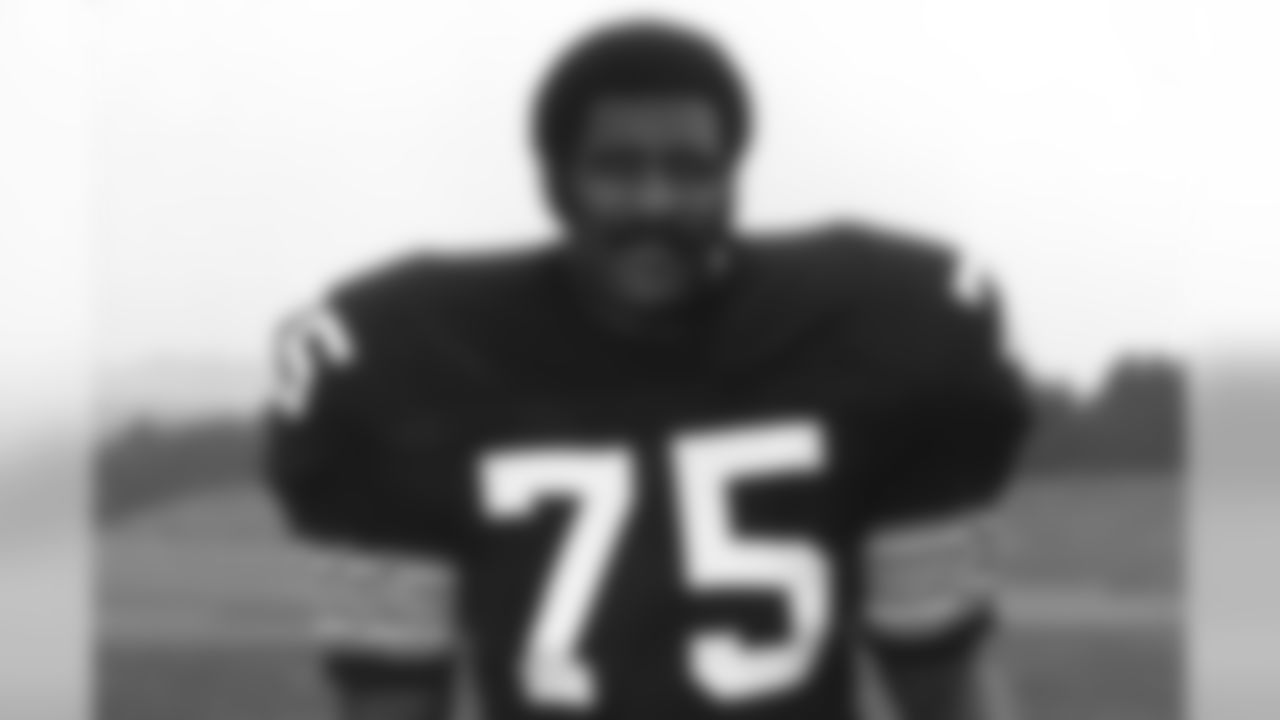



On Dec. 10, 1972, vs. the Houston Oilers, Joe Greene wanted to.
Greene had five sacks and blocked a short field goal attempt by the Oilers. He recovered one fumble and forced another and those led to two Roy Gerela field goals, of 24 and 13 yards. The Steelers ended up winning, 9-3, and in the final analysis Greene had been responsible for nine points himself – six the Steelers scored and the three the Oilers did not.
The Steelers would go on to defeat the Chargers in San Diego to finish at 11-3 and win the first championship of any kind in franchise history. But the Browns finished 10-4 that year, only one-game behind. If the Steelers had succumbed to their injuries and bad luck and lost in Houston that day and also finished 10-4, the Browns held the tiebreaker edge with a better record within the division.
Think about that for a minute. No division title. Instead of a game against Oakland at Three Rivers Stadium, the Steelers, as a Wild Card, would have had to face the undefeated Miami Dolphins in the Orange Bowl. That means no Immaculate Reception. And if that event didn't take place, who knows how many, if any, Lombardi trophies would be lined up in the Steelers' practice facility today.
Cornerstone. Linchpin. Those are architectural and mechanical words for things without which the building will collapse, and the widget will fail. In the world of professional sports, that's what Joe Greene was for the Pittsburgh Steelers of the National Football League. If Joe Greene hadn't been Joe Greene that Sunday in Houston, on that Sunday when his coaches and teammates needed somebody to step up and be their champion, the Pittsburgh Steelers do not become what we know today as the Pittsburgh Steelers. Some version, maybe, but a lesser version for sure.
The Steelers honored their champion today with a gesture that speaks loudly primarily because of how infrequently they have done it. The franchise is officially retiring No. 75.
"Joe Greene is a special guy and has been a special person since I've known him," said Steelers Chairman Dan Rooney. "He came to the Steelers in 1969, and along with our new coach, Chuck Noll, they worked together really well to make the commitment that we were going to win. From the time they both came, our efforts reflected a changed culture. We just showed that we were going to be all right. And we went on to have the best football team, I think, that ever played, and certainly the best defense. Joe Greene anchored that from his position on the defensive line."
Greene is much more than that one 1972 game against the Oilers in the Astrodome. He was the NFL Defensive Rookie of the Year, a two-time NFL Defensive Player of the Year, a five-time first-team All-Pro, a 10-time Pro Bowl selection. Joe Greene led the 1972 Steelers with 11 sacks, and then in 1974, which ended with their first Lombardi Trophy, he had nine sacks and an interception during the regular season, and then another interception and a fumble recovery in Super Bowl IX.
"A special guy, and special in all ways, from the things that he accomplished to the way he conducted himself," said Dan Rooney. "You can put in the statistics, as far as the sacks and when he made the Pro Bowls and won some of those awards, but the bottom line is Joe Greene, as a player and a leader and a guy only concerned about winning, was a special guy."
The whole retire-the-jersey thing, the ring of honor on the façade of the stadium, the Steelers never chose to follow that crowd. Yes, the franchise had retired Ernie Stautner's No. 70 in the mid-1960s, but that was a different era. That was an era in which the Pittsburgh Steelers were a bit player in the annual NFL drama starring the Chicago Bears, the New York Giants, the Green Bay Packers, and the Cleveland Browns. That was an era when the Steelers were in a fight to stay relevant.
The post-merger history of the Pittsburgh Steelers is decidedly different. Six Lombardis, eight AFC Championships, 11 Hall of Fame players, a Hall of Fame coach, a Hall of Fame owner. If retiring Joe Greene's jersey identifies him as the best of the best of this modern era of Steelers history, so be it.
"The question of retiring a number, we've talked about it for a number of years," said Steelers President Art Rooney II. "I think we always had the feeling that, well it would be nice but where do you draw the line? And are there too many guys where you would wind up having too many numbers retired? Coming into this year with Joe retiring and approaching the 40th anniversary of Super Bowl IX, we felt it was the perfect time. We talked about it and came to the decision that it was the right thing to do and the right time to do it. When you look at the 1970s, there are a lot of different words that have been used to describe what Joe mean to that team -- cornerstone, heart of the team. It just really got to the point where it was the right thing to do, and Joe obviously is the right, first person from that team to have his number retired."
Joe Greene has six Super Bowl rings, a bust in Canton and the Hall of Fame ring that comes with it. He has all those awards from his accomplishments as a player, and in February 2014 he was presented with the Fritz Pollard Alliance's Lifetime Achievement Award for his career as an NFL player, assistant coach, and scout. And now there's this.
"It's just right up there," said Greene about where jersey retirement stands in the pantheon of his accomplishments, "because it's not something that the Steelers do. That makes it even more significant. I have never seen a championship banner at our stadium. We have won more Super Bowls than anybody at this point in the history of the National Football League, and we don't flaunt it. Winning is a statement and it stands alone. That to me is the philosophy of this organization, and so when they say we are going to retire this number, that's extremely special to me because it's not something that they do."
It's something the Pittsburgh Steelers decided to do for Joe Greene.














